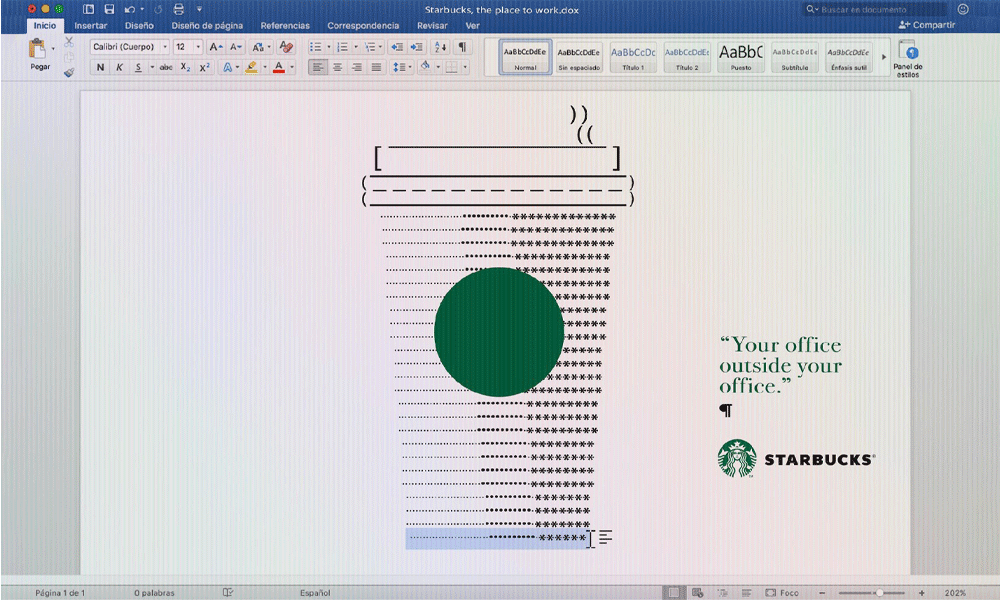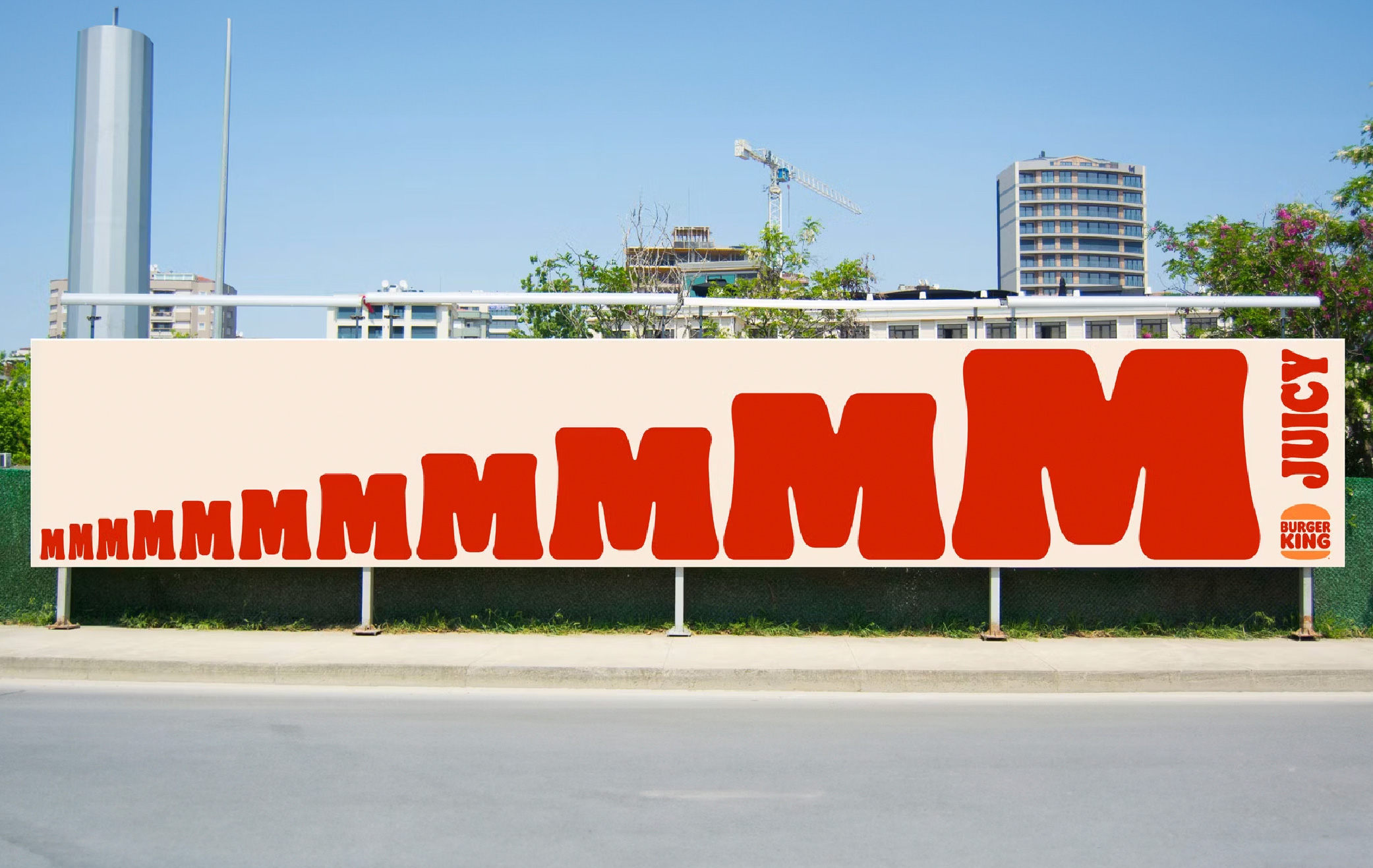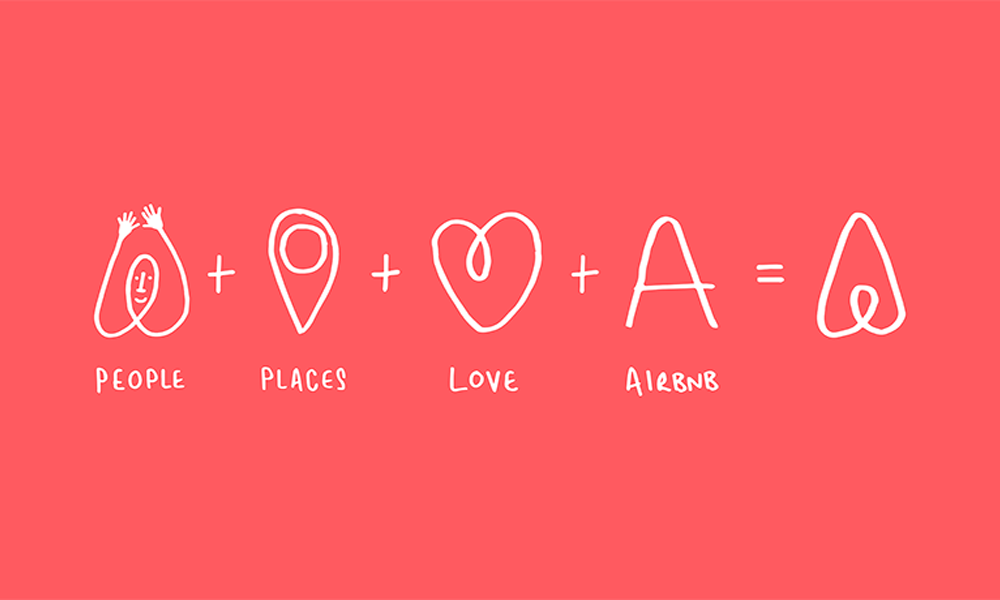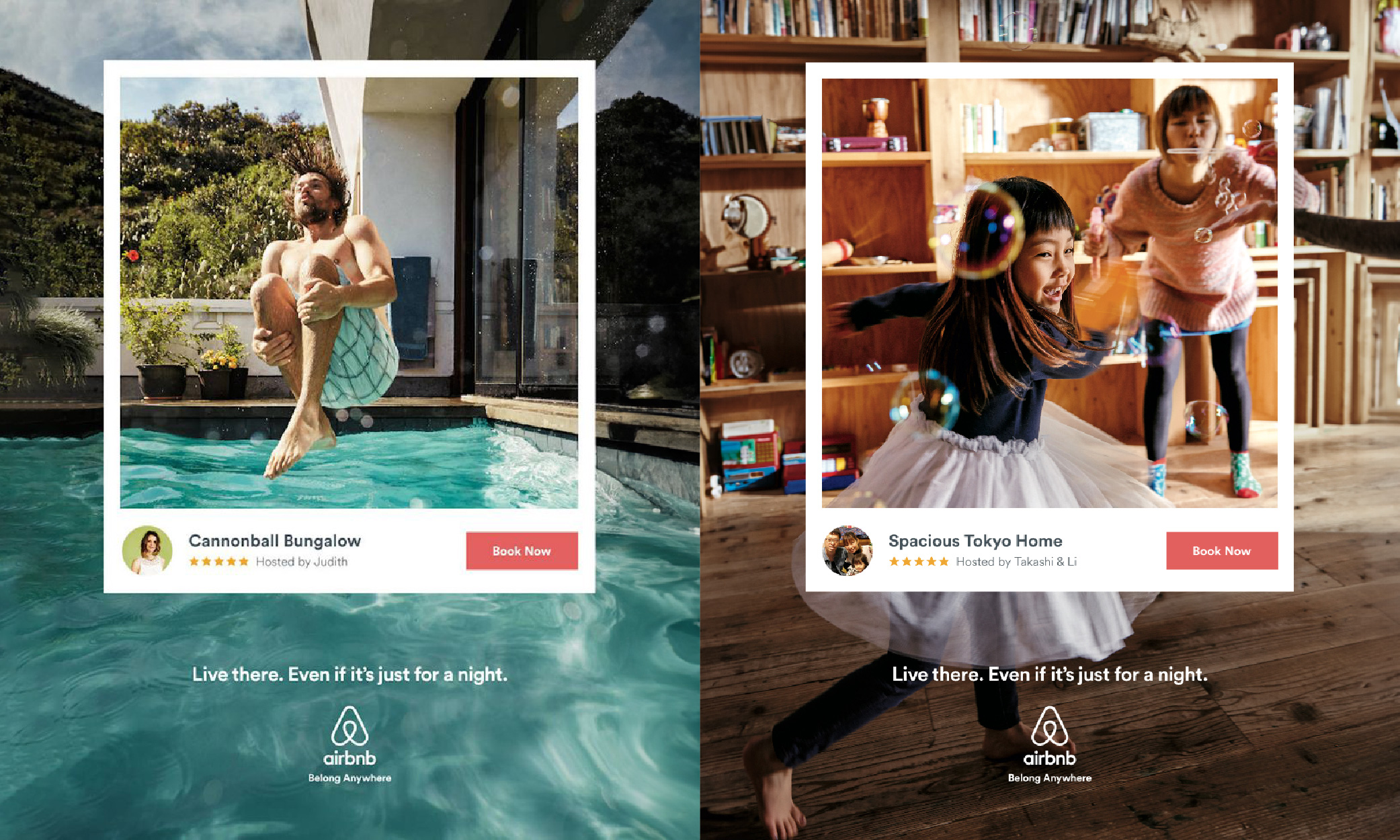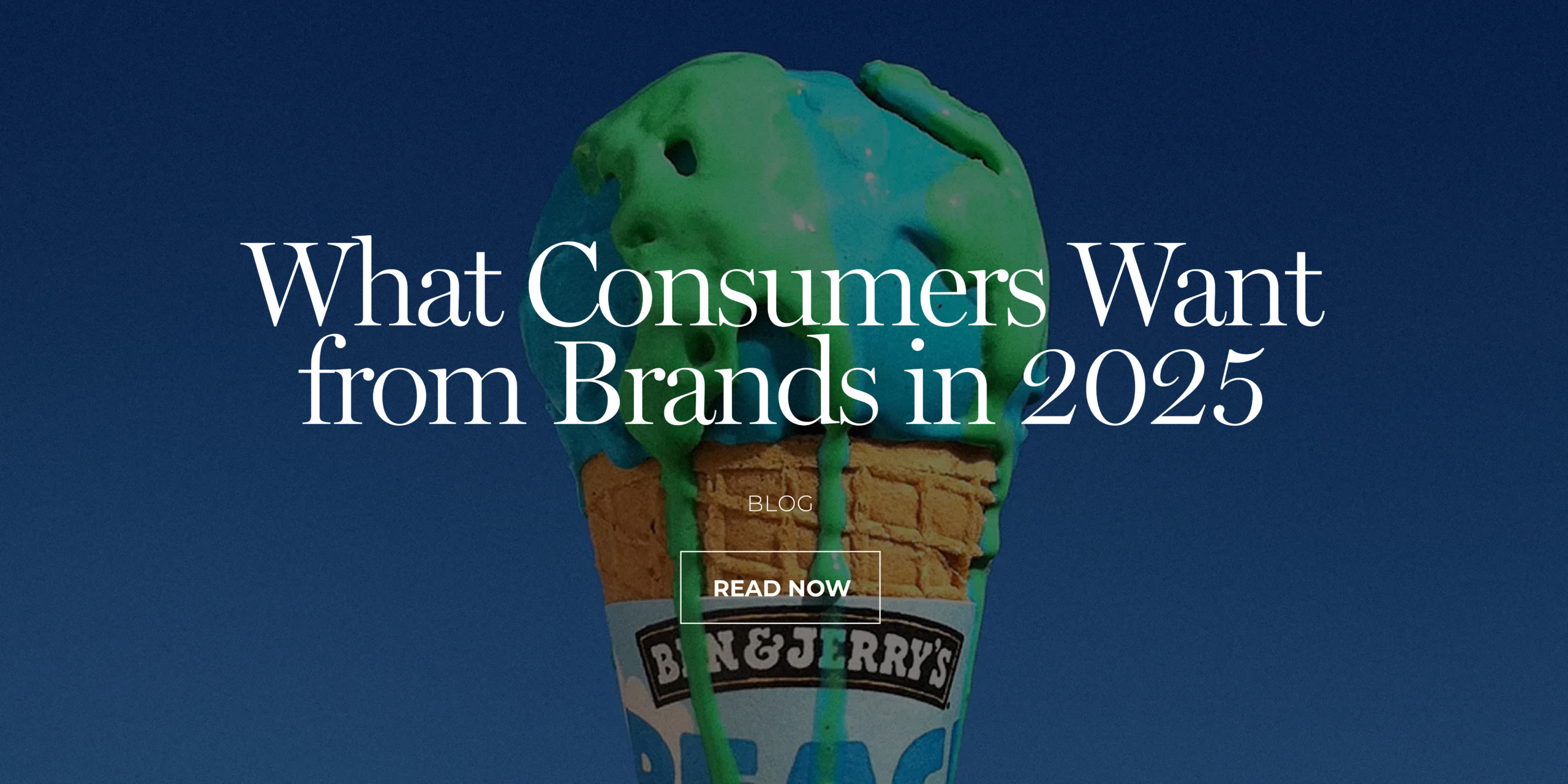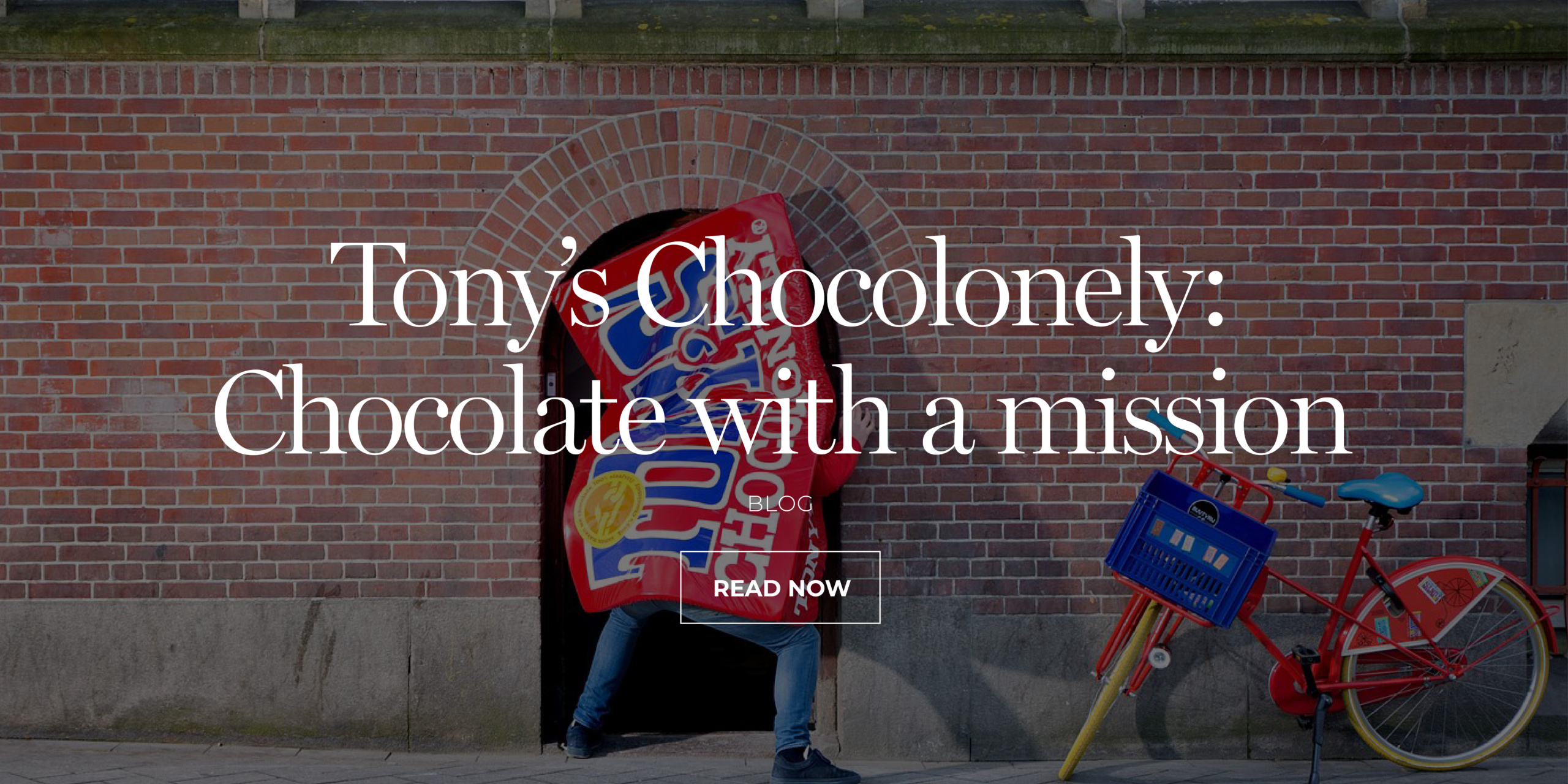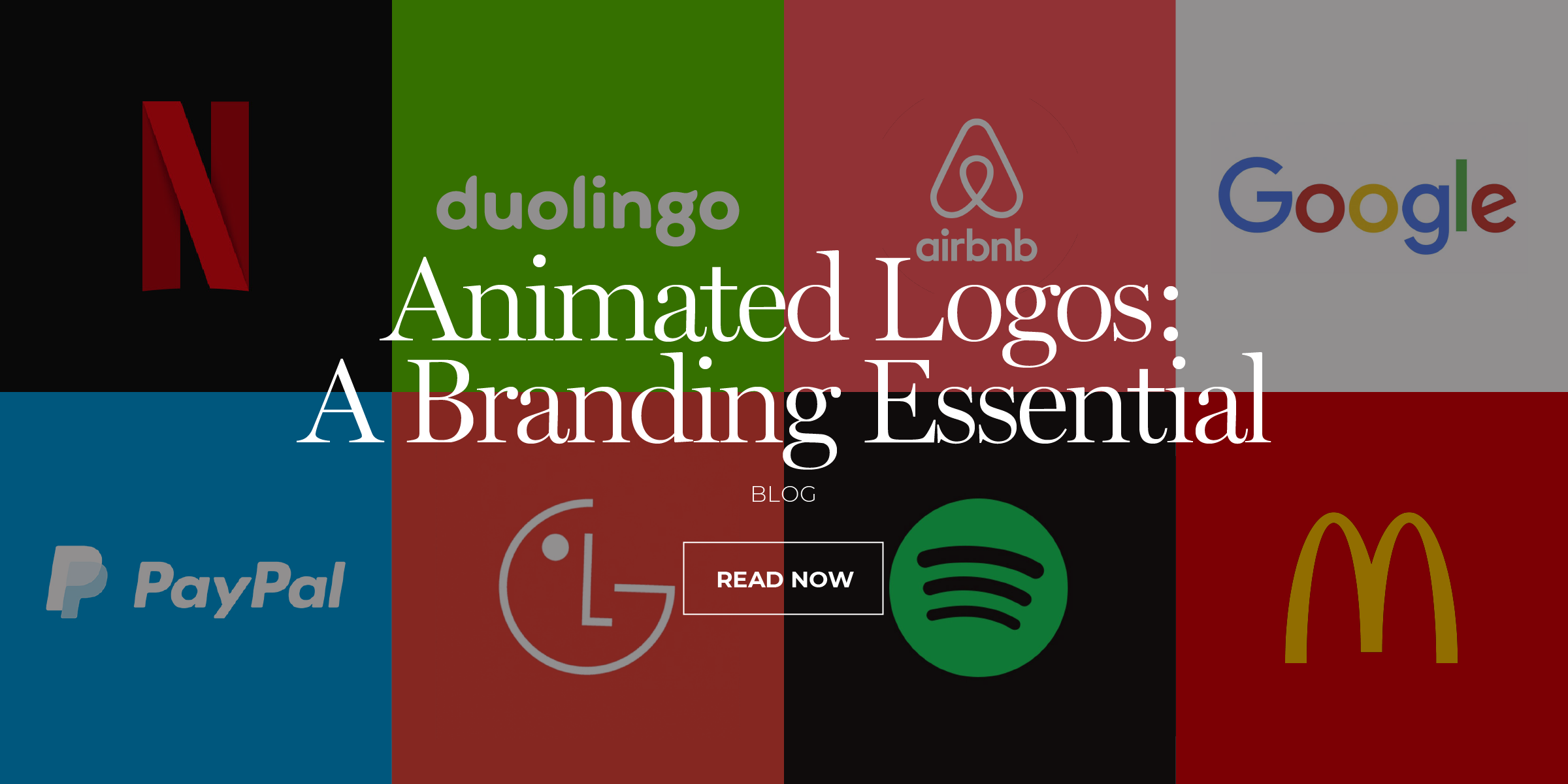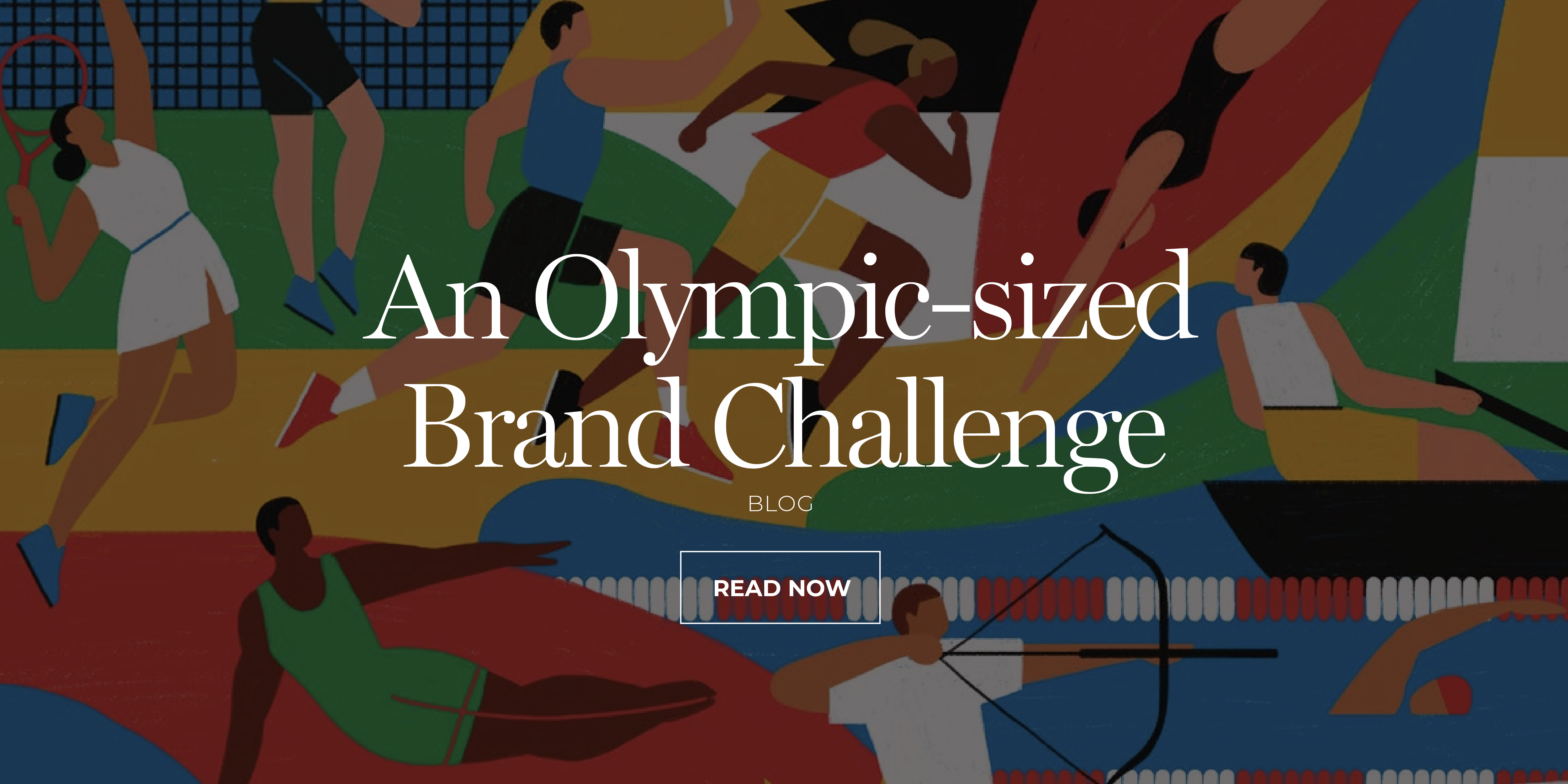What does that mean for brands? It means everything new becomes very, very quickly – everything old. Brands and branding are on a fast-moving conveyor belt. Change is no longer an option; to stay relevant, it’s essential.
In fact, 74% of the S&P 100 companies have rebranded within their first seven years of operation (Bynder2024). Whilst Forbes reports Companies spend 5-10% of their annual marketing budget on rebranding (Content Cloud).
But why?
1. You want to stay ahead of the curve.
The saying ‘if you’re standing still, you’re going backwards’ has never been more relevant regarding branding. Because if you don’t have rebranding permanently embedded in your business plan, you can be sure your competition does—some of whom you have yet to hear of.
New technologies, competitors, and business models continuously disrupt the marketplace. A brand that fails to adapt can quickly become obsolete. Rebranding is not just an option; it’s necessary for companies to reposition themselves in the face of these disruptions, whether it’s a shift to digital-first strategies, the rise of e-commerce, or the adoption of AI-driven solutions. And sooner is always better than later.
 Credit: Instagram
Credit: Instagram
Consider Instagram. It completely overhauled its visual identity, including its iconic logo in 2016. A bold move that took many by surprise. After all, it was dominating the landscape. Why fix something that isn’t broken? Because nothing lasts forever. This was more than a mere aesthetic update; it was a strategic decision to reflect the evolution of Instagram from a simple photo-sharing app to a diverse social media platform.
In technology, design trends change as rapidly as the tech itself. If Instagram wanted to signal to users, that it was keeping pace with the digital age it had to make sure it was seen to do so.
Instagram realised the importance of keeping pace with its audience’s expectations. Did it cause some angst? Yes, like many big names it encountered some feedback when it flicked the switch. But there’s a difference between feedback and pushback. Pushback happens when you don’t change at all.
 Credit: Instagram
Credit: Instagram
2. You’ve spotted a new opportunity.
You’ve always sold one type of product, but you realise there’s a market for another, related one. It seems logical and there’s certainly a business case for it if your audience accepts it. But that’s way bigger than you might think.
Consumer expectations have evolved at an unprecedented rate. And so has their say on brands and brand’s behaviour.
 Credit: Starbucks
Credit: Starbucks
Starbucks for example were the go-to coffee place. Not just in the U.S but all over the world. In time they noticed when people had coffee, they also wanted to have a snack. It meant they could sit down with friends or take a break from work, or even do some work in the store instead of the office.
So, they started introducing light food and alternate drinks. To support this change, in 2011 they set about rebranding to position Starbucks as a global lifestyle brand, not just a coffee house.
This decision, however, risked altering the perception of Starbucks from a focused coffee house to a generalist brand, which could have been perceived as losing its authenticity. Authenticity is vital for customers – and has only become even more mandatory since then.
In conjunction with their branding agency, they committed to effective, engaging communication with their audience throughout the process. They took care to articulate their vision clearly, explaining the rationale behind the change and how it would benefit customers. They engaged with them through various channels, gathering feedback and addressing concerns to build trust and maintain customer loyalty.
There was some pushback. Change is change after all. But ultimately the rebrand was hugely successful. Because they realised the undeniable truth. Rebranding is a lot more than a name and a logo. It’s a deeply considered journey.
 Credit: Starbucks
Credit: Starbucks
3. You’ve changed.
Maybe your business has shifted its vision. Due to internal or external changes. That’s ok. If your vision and purpose changes or even tweaks, your brand must follow suit. Otherwise, there is a disconnect between your people and your customers. And disconnection grows into chasms.
 Credit: Burger King
Credit: Burger King
For instance, Burger King wanted people to understand they’re not all about junk food. That they had come to value a much healthier outlook. Just like their audience.
So, they rebranded, shedding the artificial 90s graphic that was the complete opposite of the simple, fresh, and clean image they wanted to convey. The colours they chose were unapologetically rich and bold, inspired by their iconic flame grilling process and fresh ingredients. They made it cleaner and more graphic for better use on digital platforms which helped with their online delivery promise and growth. They engaged a more minimalist approach which helped the brand be more recognisable all over the world.
 Credit: Burger King
Credit: Burger King
 Credit: Burger King
Credit: Burger King
 Credit: Burger King
Credit: Burger King
4. Your customer has changed.
People change and so does society. With that comes changes in language, cultural norms, expectations, and imagery. What was acceptable, even desirable, 50, 20, or even 5 years ago is no longer today. New, more inclusive generations have emerged, and older generations have become more self-aware and socially conscious.
 Credit: Airbnb
Credit: Airbnb
Take, Airbnb. They started as a service for low-budget travellers who couldn’t afford hotels but wanted better than hostels. It was a genuine disrupter and took off immediately.
But budget travellers grow up, get jobs, start families and evolve their needs and tastes. If Airbnb was to get out of the one limiting category, it had to grow with the market.
So, it completely revamped its brand to be one that not only looked more sophisticated for a more sophisticated and broader audience, it tapped into a truism of travel. It’s so much nicer to feel as if you belong rather than just visit – even if it’s just for one night.
By introducing the “Bélo” logo – which is a heart, location pin and stylised A, Airbnb introduced their core value of belonging – people, places and love. And they didn’t stop there. They introduced a new colour palette even inventing a new shade called ‘Rausch’ which was named after the street the company was founded in.
Airbnb also offered up the logo to their stakeholders worldwide by creating the “Create Airbnb” site so they could customise it for their communication needs – on things such as thank you cards and mugs. Again, acknowledging their value of belonging. It was brave and brilliant.
It reminds us that rebranding doesn’t just have to happen if your business is going downhill. It’s a necessary approach to keeping your successful business on the rise.
 Credit: Airbnb
Credit: Airbnb
5. You’re better than how you look.
There are some remarkable brands out there hidden behind some unremarkable brand designs.
Brands with great stories, great vision, great products or services and even greater people. None of which resonates in their customer’s hearts or minds when their audience interacts with that company’s calling card – their brand. It’s a hugely wasted opportunity and in an increasingly cluttered marketplace a business disaster.
Rebranding to better convey your spirit and soul to an audience for whom passion and purpose have never been more important is a strategic imperative. Imbuing your vision and offering across your multiple touch points consciously and consistently represents the best opportunity you have to ensure a relevant and ongoing connection with your audience. It also instils pride and purpose in the most effective communication vehicle in your fleet. Your people.

Take LaManna – Australia’s largest independent supermarket who we recently completed a rebrand for.
LaManna was grappling with low awareness and being perceived as geographically remote and only known in the local area. The brand’s image was primarily functional and rational, lacking the emotional connection to resonate with its target audience.
Davidson positioned LaManna as a must-visit food and hospitality destination. The refreshed brand is rich with meaning, profoundly respects the past, and closely aligns with LaManna’s heritage. It speaks to all audiences with a distinctive voice and resonates emotionally. Passionate about food and unwavering in its identity, this is a brand that LaManna can truly be proud of.
How can you effectively rebrand?
At Davidson Branding, we are deeply passionate about creating new brands and rebranding existing ones. We craft a comprehensive strategy that ensures your brand is poised for growth and innovation and actively engages with your audience, both emotionally and visually.
If you need help creating a brand that pushes creative boundaries and inspires change, we’d like to offer you a complimentary strategy call with our Managing Director and Head of Strategy, Grant Davidson. Having nearly 30 years of industry experience working with groundbreaking brands, Grant has the experience and knowledge necessary to identify your core brand strategy and communicate it effectively.




